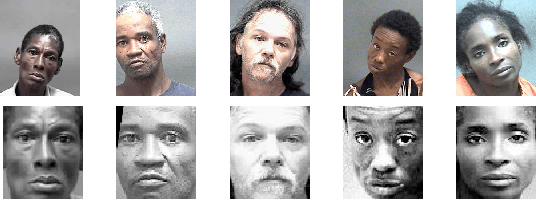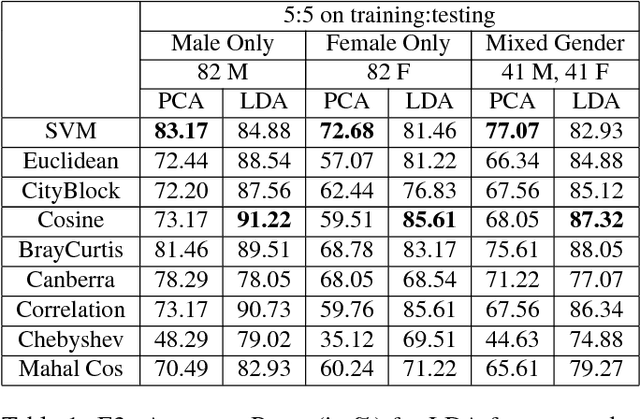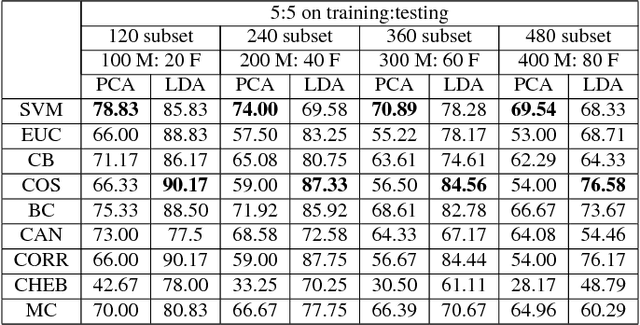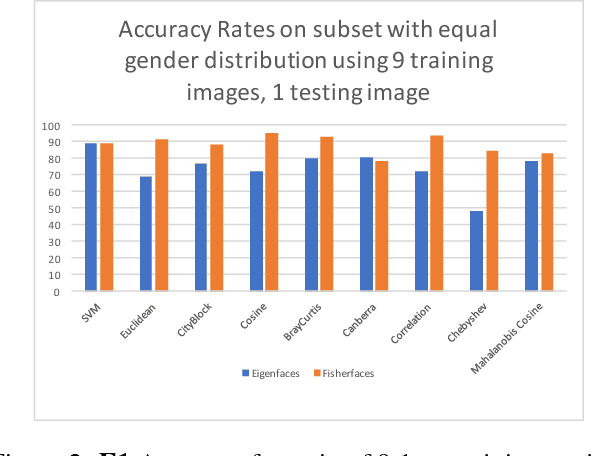Caroline Werther
Gender Effect on Face Recognition for a Large Longitudinal Database
Nov 08, 2018



Abstract:Aging or gender variation can affect the face recognition performance dramatically. While most of the face recognition studies are focused on the variation of pose, illumination and expression, it is important to consider the influence of gender effect and how to design an effective matching framework. In this paper, we address these problems on a very large longitudinal database MORPH-II which contains 55,134 face images of 13,617 individuals. First, we consider four comprehensive experiments with different combination of gender distribution and subset size, including: 1) equal gender distribution; 2) a large highly unbalanced gender distribution; 3) consider different gender combinations, such as male only, female only, or mixed gender; and 4) the effect of subset size in terms of number of individuals. Second, we consider eight nearest neighbor distance metrics and also Support Vector Machine (SVM) for classifiers and test the effect of different classifiers. Last, we consider different fusion techniques for an effective matching framework to improve the recognition performance.
 Add to Chrome
Add to Chrome Add to Firefox
Add to Firefox Add to Edge
Add to Edge